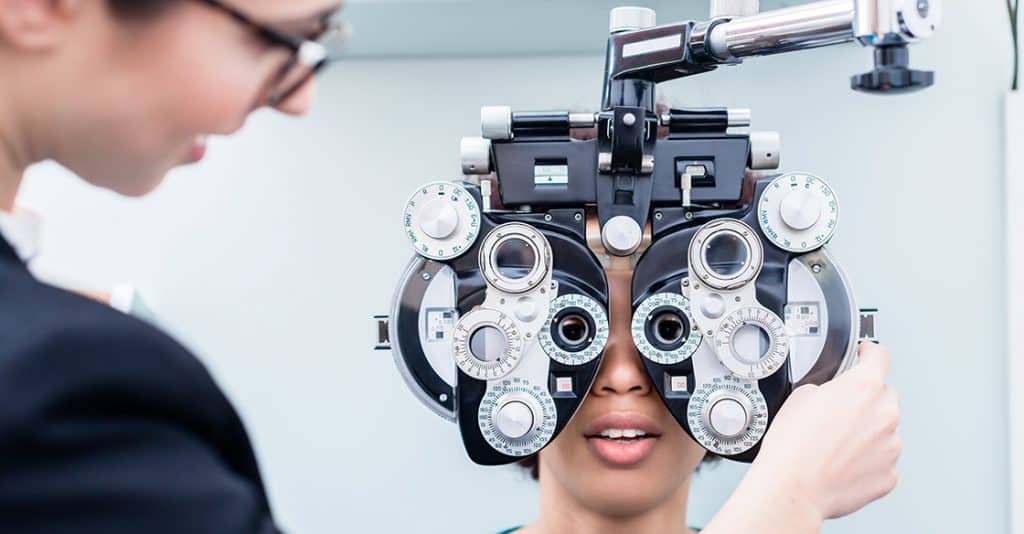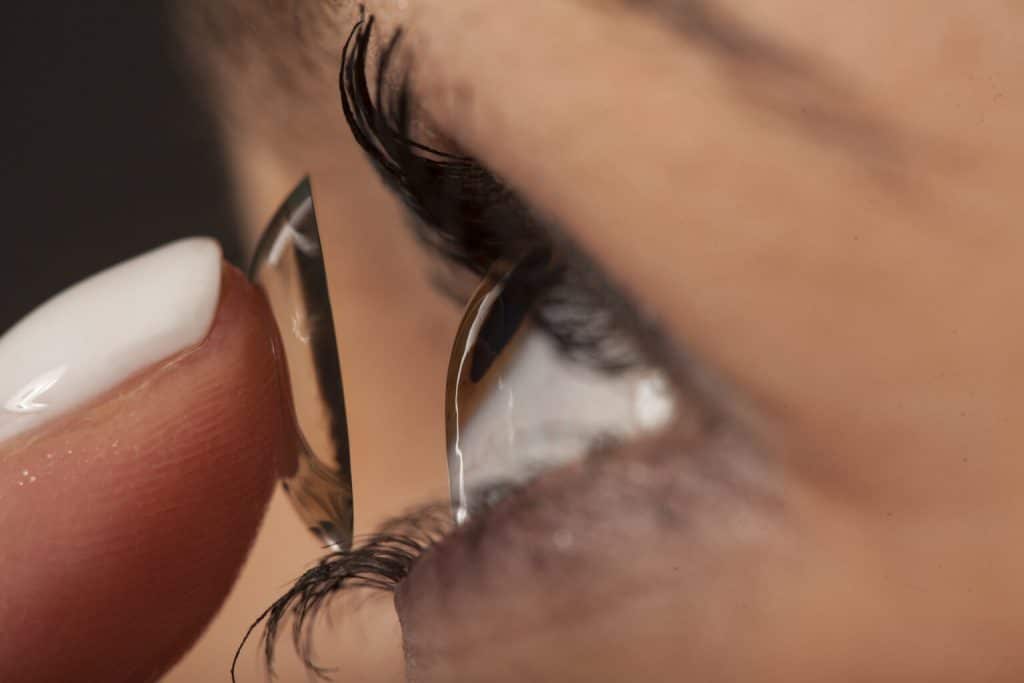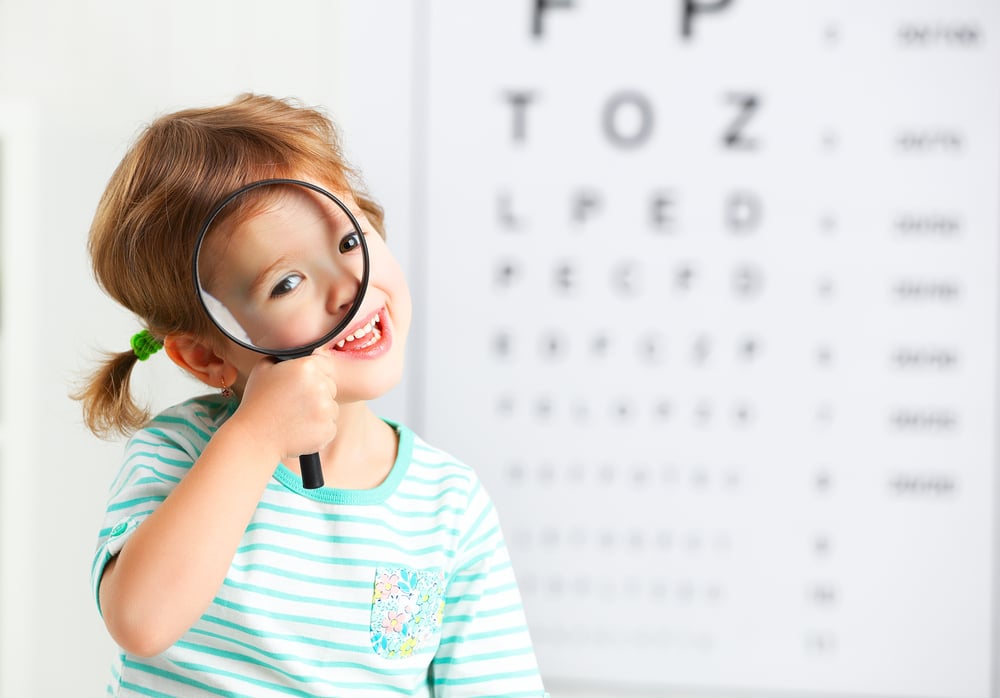Regular eye exams are the best way to maintain healthy vision. They are important even when your eyes and vision seem fine. This is because many blinding eye diseases have few or no warning signs until it is too late and some or all of your vision is lost.
People with diabetic eye disease or glaucoma, for example, often don’t realize they have the disease until sight is lost. Eye diseases like age-related macular degeneration can’t be cured, but they can be much better managed and their progress slowed if diagnosed and treated early.


Dry Eye Syndrome is one of the most common conditions in the United States – up to 25 million Americans suffer from it. It occurs when the eye doesn’t make enough tears or doesn’t make effective enough tears, leaving the eye dry and vulnerable.
People with dry eyes experience dryness, stickiness, and stinging or burning of their eyes. Sometimes the eyes water excessively in an effort to soothe the irritation, but these ‘reflex tears’ don’t fix the problem.
When it is mild, dry eye may seem little more than a nuisance. But more severe dry eye syndrome can lead to serious eye problems. For example, inflammation caused by dry eye on the front surface of the eye (the cornea) can lead to scarring. Once scarring occurs, permanent loss of sight can occur.
If you have dry eyes, many different treatments are available to maintain moist and healthy eyes. Our eye doctors can help you develop a treatment plan that is right for you.
Over 24 million Americans choose contact lenses to correct their vision. When used with care and proper supervision, contact lenses are a safe and effective alternative to eyeglasses.
Contact lenses are a reasonable alternative to glasses to attain good vision. However, contact lenses are not without risk. The most common complications occur due to poor hygiene or compliance.
Safe contact lens wear requires an exam by an ophthalmologist or optometrist to determine if you are a good candidate. An initial fitting with lenses will be followed by training in our office on how to apply and care for the lenses and then annual checkups are scheduled to monitor your eye health and success.
Annual eye exams are required, according to State law, for all annual contact lens prescription refills.


Vision problems in children are uncommon. But when they do occur, they often go undetected. Young children may not realize or be able to communicate that their vision is impaired. Even older children may not notice if the vision in only one eye is affected.
Undetected vision problems can interfere with learning and success at school. For these reasons, all children should have an eye exam to ensure their vision is measured before starting school and at least once or twice while in elementary school to make sure their vision is developing normally in both eyes.